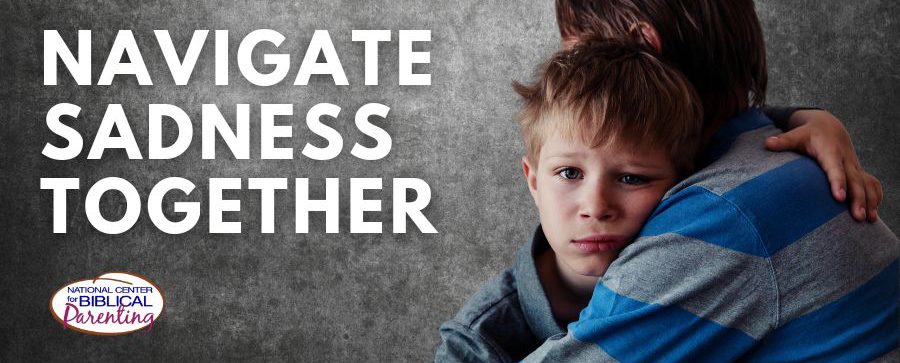From Half-Hearted Compliance to Whole-Hearted Cooperation

Samantha sat at the dining room table working on a craft after school. Her mother had already told her twice to set the table for dinner and now repeated the instructions for the third time. Samantha sighed audibly and dragged herself to her feet. Her face showed a look of mild annoyance as she finally set the table. When she was done, Mom found the job still somewhat incomplete. Dishes were set and glasses were out, but silverware was missing. Samantha knew how to do these types of simple tasks but always seemed to give attitude when she was told to do them. Mom wondered how she could ever see this change in Samantha.
Parenting is a journey filled with joys, challenges, and opportunities for growth, both for children and their parents. One of the most significant challenges many parents face is guiding their children from mere compliance to genuine cooperation. This journey is crucial in nurturing a heartfelt willingness to follow through on instructions with a positive attitude.
Understanding Compliance and Cooperation
It is essential to understand the difference between compliance and cooperation. Disobedience is straightforward—children lack responsiveness to authority and allowing personal desires to outweigh instructions from others. However, many children, aware of the consequences of outright defiance, tend to comply instead. Compliance involves doing what you are told but delaying when you do it, not doing it completely, or doing it with the wrong attitude. This is where the distinction between compliance and cooperation becomes critical.
Cooperation, on the other hand, means following through on what you’re told to do instantly, completely, and cheerfully. It reflects a deeper level of engagement and responsibility. The goal is not just to have children obey but to embrace a spirit of cooperation that reflects a willing heart and a positive attitude.
Getting Close and Considering the Timing
A parent needs to get close to their child and decide whether or not to interrupt what the child is doing. This step respects the child’s current activity and models thoughtfulness and consideration. Before giving an instruction, parents should assess the situation and choose an appropriate moment to engage their child. Sometimes a parent chooses to interrupt an activity. Other times, the parent decides to wait.
Being Ready for and Hearing Instructions
Once the decision to give an instruction is made inside a parent’s mind, the next step is to call the child’s name. The child should respond with “Yes, Mom” or “Coming, Dad” and put down what they are doing and come over immediately. This step reinforces the importance of coming when called, a fundamental aspect of cooperation.
When the child responds and approaches, the parent should give the instruction using concise and clear language. This minimizes confusion and sets clear expectations. For example, instead of saying, “Can you clean up your legos sometime today?” a parent might calmly and kindly say, “You need to clean your legos up now and report back to me”
Acknowledging and Going
After the instruction is given, the child should acknowledge it with “OK, Mom” or “OK, Dad” and proceed to follow through. This verbal acknowledgment is crucial as it signifies the child’s understanding and readiness to act. It also serves as a verbal commitment to completing the task, reinforcing accountability. While the child is gone, it’s important for the parent to wait with expectation of a job well done.
Reporting Back, Inspecting, and Releasing
Once the task is completed, the child should report back to the parent. This step allows the parent to inspect the work and provide feedback. It is an opportunity to recognize and praise thoroughness and timeliness or to gently guide and correct if the task is not done to expectation. This final step of reporting back ensures that the task is completed fully and correctly, fostering a sense of responsibility and accountability. Once done, it is important to thank the child and tell them that they are free to go. This brings a positive release to the heart and lets them know that they are done with this responsibility.
Consistency and Patience
Transitioning from compliance to cooperation is not an overnight change; it requires consistency, practice, and patience. Samantha’s mom learned this as she worked with Samantha using these exact steps for her instruction routine. Mom saw success not just with her older daughter Samantha but with her younger children as well as she modified how she spoke with each child while still following the same basic process. Mom and Samantha celebrated victories and progress, knowing that each step towards cooperation was a step towards following Jesus better as well.
Parent ResourceIf you’d like more support in working on cooperation with your children, check out this excellent online parent video resource: Get Your Kids to Listen … and What to Do When They Don’t.











Leave a Reply
Want to join the discussion?Feel free to contribute!